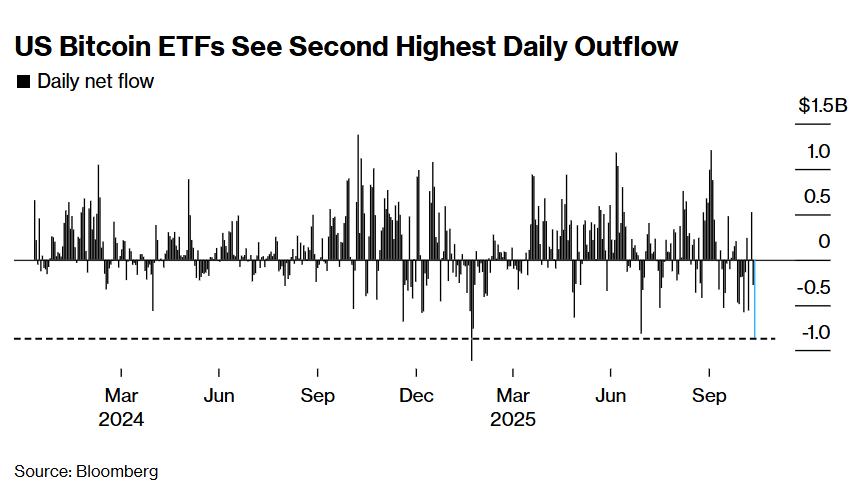The Legal Unraveling of Trump's Tariffs and Its Impact on Global Supply Chains and Equity Markets
- Federal appeals court rules Trump’s 2025 tariffs exceed presidential authority under IEEPA, declared illegal. - Global supply chains shift as countries adjust tariffs; Vietnam/India attract $81B FDI in 2025. - Equity markets drop 12.9% in 2025; investors favor low-volatility sectors and emerging markets. - Defensive sectors (healthcare, gold) and Latin America gain traction amid trade uncertainty.
The legal challenges to President Donald Trump’s 2025 tariffs have created a seismic shift in global trade and equity markets. A federal appeals court recently ruled that most of these tariffs exceed presidential authority under the International Emergency Economic Powers Act (IEEPA), declaring them illegal. This decision has triggered a cascade of uncertainty, forcing institutional investors to recalibrate portfolios and reshaping global supply chains. As the Supreme Court prepares to weigh in by October 14, the implications for asset allocation, sector performance, and regional market dynamics are profound.
Legal Uncertainty and Tariff Overreach
The appeals court’s 7-4 ruling highlighted a critical constitutional boundary: tariff authority is a legislative power, not an executive one. Trump’s administration defended the tariffs as necessary for national security and correcting trade imbalances, but the court found no such justification under IEEPA. This legal ambiguity has left the tariffs in a limbo, with their fate hinging on a Supreme Court decision that could redefine the scope of presidential economic power. If the court upholds the ruling, the U.S. government may face financial and diplomatic fallout, including potential refunds for import taxes collected under the challenged tariffs.
Global Supply Chain Adjustments
The legal uncertainty has already disrupted global supply chains. Countries like Mexico and South Korea have adjusted their own tariff policies to mitigate exposure to U.S. trade pressures. Meanwhile, emerging markets such as Vietnam and India have attracted $81 billion in foreign direct investment (FDI) in 2025, as companies diversify supply chains away from China. J.P. Morgan estimates that the average effective U.S. tariff rate has surged to 18–20% in 2025, compared to 2.3% in late 2024, creating a fragmented trade environment. For example, 34% tariffs on Chinese electronics have squeezed margins for firms like Apple , while 25% tariffs on Mexican steel have raised production costs for U.S. automakers.
Equity Market Volatility and Strategic Reallocation
Equity markets have mirrored the turbulence in global trade. Defensive strategies, such as increasing exposure to low-volatility sectors like utilities and consumer staples, have gained traction as investors hedge against uncertainty. The S&P 500 dropped 12.9% in early 2025, while the VIX volatility index spiked to 45.31, reflecting heightened risk aversion. Institutional investors are also favoring international and emerging market equities over U.S. assets, which have seen modest valuation adjustments amid global volatility.
Strategic sector rotations are evident. Steel and aluminum producers, shielded by tariffs, have seen increased demand, with companies like Nucor and U.S. Steel benefiting. Conversely, import-dependent sectors like electronics and agriculture face margin compression, prompting investors to hedge via derivatives or ETFs. Compliance technology investments—particularly in AI-driven customs automation and blockchain solutions—are emerging as a key growth area, with the customs compliance software market projected to expand significantly by 2033.
Geographic Diversification and Defensive Sectors
Institutional investors are prioritizing geographic diversification, allocating to regions with stable inflation and structural reforms, such as Peru and Argentina. Latin American economies like Brazil and Mexico are capitalizing on nearshoring trends, while countries like Chile and Peru leverage diversified trade relationships with China and the EU. Defensive sectors, including healthcare and gold, have attracted inflows, with gold prices surging 40% year-over-year to $3,280/oz.
The Road Ahead
As the Supreme Court’s decision looms, investors must balance short-term volatility with long-term strategic reallocation. The legal unraveling of Trump’s tariffs underscores the need for portfolios to prioritize liquidity, flexibility, and exposure to resilient sectors and geographies. Whether the court upholds or reverses the lower court’s ruling, the broader lesson is clear: in an era of trade policy uncertainty, adaptability is the key to navigating a fragmented global economy.
Disclaimer: The content of this article solely reflects the author's opinion and does not represent the platform in any capacity. This article is not intended to serve as a reference for making investment decisions.
You may also like
As economic cracks deepen, bitcoin may become the next liquidity "release valve"
The US economy is showing a divided state, with financial markets booming while the real economy is declining. The manufacturing PMI continues to contract, yet the stock market is rising due to concentrated profits in technology and financial companies, resulting in balance sheet inflation. Monetary policy struggles to benefit the real economy, and fiscal policy faces difficulties. The market structure leads to low capital efficiency, widening the gap between rich and poor and increasing social discontent. Cryptocurrency is seen as a relief valve, offering open financial opportunities. The economic cycle oscillates between policy adjustments and market reactions, lacking substantial recovery. Summary generated by Mars AI. The accuracy and completeness of this summary are still being iteratively updated by the Mars AI model.

The wave of cryptocurrency liquidations continues! US Bitcoin ETF sees second highest single-day outflow in history
Due to the reassessment of Federal Reserve rate cut expectations and the fading rebound of the U.S. stock market, the crypto market continues to experience liquidations, with significant ETF capital outflows and options traders increasing bets on volatility. Institutions warn that technical support for bitcoin above $90,000 is weak.

When traditional financial markets fail, will the crypto industry become a "pressure relief valve" for liquidity?
As long as the system continues to recycle debt into asset bubbles, we will not see a true recovery—only a slow stagnation masked by rising nominal figures.

A Quiet End to 2025 Could Prime Crypto for a 2026 Breakout, Analysts Say
